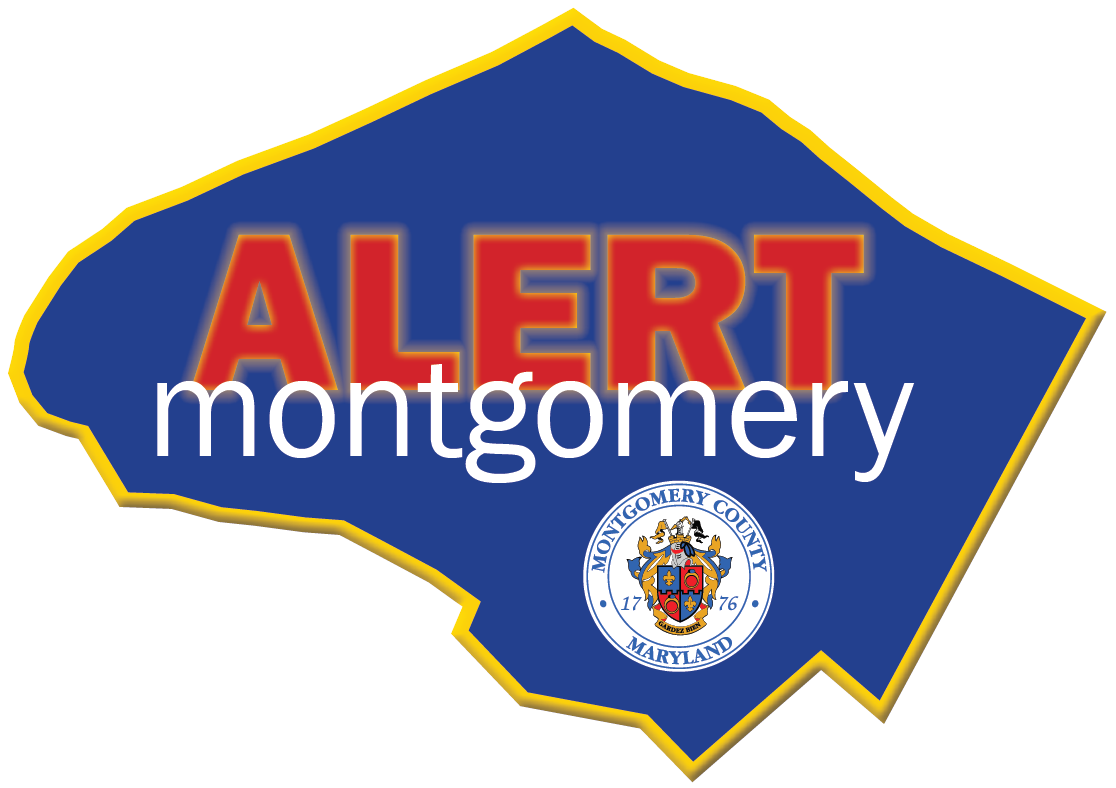Hurricanes
What is a Hurricane?
A hurricane is a tropical cyclone with maximum sustained winds of 74mph or higher. Hurricanes have different names in different regions of the world and the season varies depending on hemisphere and location. In the Atlantic and Caribbean, Hurricane Season runs from June 1st to November 30th each year. Hurricanes are measured on the Saffir-Simpson Wind Scale, with a category 1 being the smallest and a category 5 being the largest. Category 1 hurricanes will generally produce some damage, while category 5 hurricanes can be catastrophic. Before reaching hurricane status, rotating clouds over tropic and sub-tropic waters may be labeled as tropical depressions and tropical storms with wind speeds between 38-73 mph.
Hazards Associated with Hurricanes
When hurricanes make landfall, the storm surge and tide associated with the hurricane cause the largest amount of damage. A surge is a rise of water caused by hurricane winds; surges can move several miles inland causing flooding.
Hurricanes can also produce tornadoes, high winds, and torrential rain. High winds and tornadoes may produce harmful, fast-moving debris. Lastly, torrential rains can create flooding and flash flooding hundreds of miles inland from where a hurricane has made landfall. Flooding may be seen several days after a storm has passed as water makes its way down rivers and streams.
Remember:
- A Hurricane Watch is issued when there is a possible threat of hurricane conditions within 48 hours. The watch does not mean that hurricane conditions will occur. It only means that these conditions are possible.
- A Hurricane Warning is issued when hurricane conditions are expected within 36 hours or less. Hurricane conditions include winds of 74 miles per hour or greater, and/or dangerously high tides and waves. Actions for protection of life and property should begin immediately when the warning is issued.
Preparing Before the Storm
- Sign up for Alert Montgomery to get emergency alerts.
- Listen to authorities for information and special instructions.
- If you are at risk for flash flooding, watch for warning signs such as heavy rain.
- Practice going to a safe shelter for high winds, such as a small, interior, windowless room in a sturdy building on the lowest level that is not subject to flooding.
- Based on your location and community plans, make your own plans for evacuation or sheltering in place.
- Become familiar with your evacuation zone, the evacuation route, and shelter locations.
- Gather needed supplies for at least three days. Keep in mind each person’s specific needs, including medication. Don’t forget the needs of pets.
- Keep important documents in a safe place or create password-protected digital copies.
- Go over what to do before, during, and after the storm with your family/household.
- Protect your property. Declutter drains and gutters. Install check valves in plumbing to prevent backups. Consider hurricane shutters. Review insurance policies and ensure you have the appropriate policies for your family's needs. Check out these resources from the Maryland Insurance Administration.
Survive During the Storm
- If sheltering during high winds, go to a safe room, storm shelter, or a small, interior, windowless room or hallway on the lowest floor that is not subject to flooding.
- If trapped in a building by flooding, go to the highest level of the building. Do not climb into a closed attic. You may become trapped by rising flood water.
- Listen for current emergency information and instructions. Watch or listen to the news and stay alert for information from the County.
- Use a generator or other gasoline-powered machinery OUTDOORS ONLY and away from windows.
- Do not walk, swim, or drive through flood waters. Turn Around. Don’t Drown! Just six inches of fast-moving water can knock you down, and one foot of moving water can sweep away your vehicle.
- Stay off of bridges over fast-moving water.
Be Safe After the Storm
- Listen to authorities for information and special instructions.
- Be careful during clean-up. Wear protective clothing and work with someone else.
- Do not touch electrical equipment if it is wet or if you are standing in water. If it is safe to do so, turn off electricity at the main breaker or fuse box to prevent electric shock.
- When in doubt, throw it out! Throw away any food that has been exposed to temperatures 40 degrees or higher for two hours or more, or that has an unusual odor, color, or texture.
- Avoid wading in flood water, which can contain dangerous hazards and debris. Underground or downed power lines can also electrically charge the water.
- Save phone calls for emergencies. Phone systems are often down or busy after a disaster. Use text messages or social media to communicate with family and friends.
- Document any property damage with photographs. Contact your insurance company for assistance.
When a Hurricane Watch is issued for your area:
- Check often for official bulletins on radio, TV, or NOAA Weather Radio.
- Ensure your car's fuel tank is full.
- Check mobile home tie-downs.
- Stock up on bottled water. Have at least 1 gallon per person for 3 days ready.
- Stock up on canned food and restock your emergency kit.
- Check supplies of special medicines and drugs.
- Check batteries for radio and flashlights. Have plenty of spare batteries.
- Secure lawn furniture and other loose material outdoors.
- Tape, board, or shutter windows to prevent shattering.
- Wedge sliding glass doors to prevent their lifting out of their tracks.
- Charge your cell phone and any external battery phone chargers now so you will have a full battery and a back-up in case you lose power.
- Plan how to communicate with family members if you lose power. For example, you can call, text, email or use social media. Remember that during disasters, sending text messages is usually reliable and faster than making phone calls because phone lines are often overloaded.
- Review your evacuation zone, evacuation route and shelter locations. Review your emergeency plan with your family. You may have to leave quickly, so plan ahead.
When a Hurricane Warning is Issued for Your Area:
- Stay informed by signing up for Alert Montgomery to learn whether government officials want you to shelter-in-place or evacuate.
- Know the scale of the hurricane (category 1 - 5) and how that will affect your home and the surrounding area. Visit the National Hurricane Center to learn more.
- Be prepared for floods, power outages, and other effects of the hurricane.
- If told to evacuate, do so immediately. Do not drive around barricades.
- If you’re not in an area that is recommended for evacuation, plan to stay at home or where you are and let friends and family know where you are.
- Close storm shutters, and stay away from windows. Flying glass from broken windows could injure you.
- Keep your cell phone charged so you will have a full battery in case you lose power.
Sign up for Alert Montgomery to receive hurricane watches and warnings for Montgomery County directly to your phone or e-mail.

For more information on hurricanes visit Ready.gov

For more information on hurricanes, visit the National Hurricane Center

